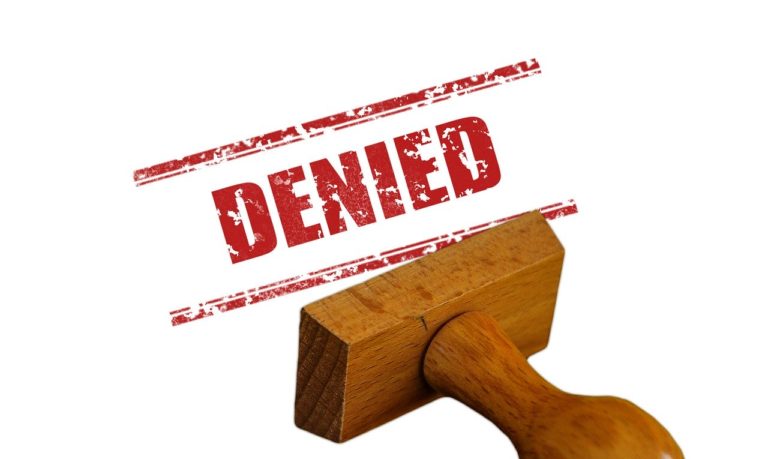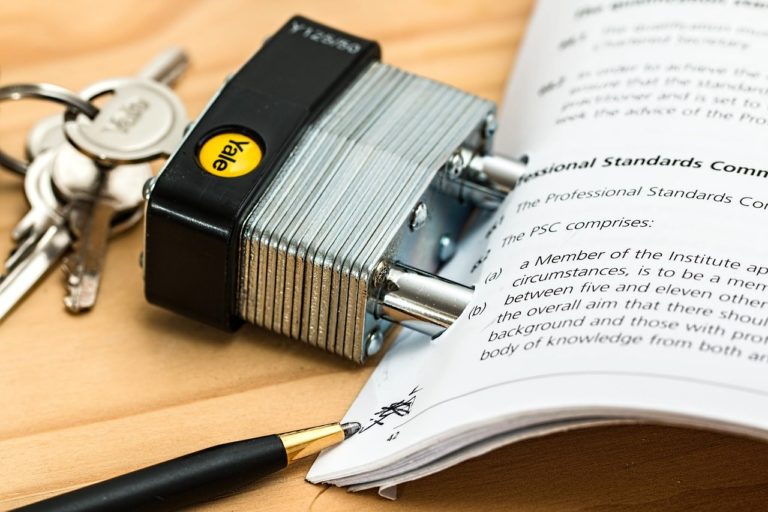As coronavirus continues to sweep across Australia, lockdowns and restrictions have brought intense financial strain upon thousands of businesses, with many facing company liquidation. Because continued restrictions like social distancing have made it almost impossible for any business to escape the pandemic’s effects, it is more important than ever to know how to tell if your business is insolvent.
Knowing how to tell if your business is insolvent is crucial for several reasons. Firstly, it is important to understand your business’ financial situation in order to manage its future, and secondly (but perhaps more importantly) because insolvency may incur personal liabilities and legal ramifications.
A company is considered insolvent when it is unable to pay all of its debts as and when they become due. This could be due to debts or ongoing business expenses that exceed revenue, preventing a company from remaining financially viable.
Fortunately, there are a number of helpful insolvency indicators which have been recognised as identifiable attributes of an insolvent company. These were established as a result of ASIC v Plymin; a case where the Courts found two companies, Water Wheel Mills Pty Ltd and Water Wheel Holdings Limited, had traded while insolvent. After ruling in favour of ASIC it was determined that a clear set of insolvency indicators were needed as a benchmark to help with future insolvent trading cases.

Continuing losses.
Losses alone do not cause ca business to become insolvent. However, insolvency is typically a result of a combination of reoccurring losses and insufficient working capital.
Liquidity ratios below 1.
Liquidity measures the extent to which liquid assets are available to cover payable debts. A business liquidity ratio compares its current assets and current liabilities. If the ratio is greater than one, this means there is more liquid assets than payable debts and indicates the business should be able to pay debts from its available assets. If the ratio is less than one, the opposite is true and there are not enough liquid assets available to cover all debt.
Overdue Commonwealth and State taxes.
In many cases, businesses that do not pay tax because they cannot pay tax, therefore Non-payment of tax commitments (GST or PAYG withholding) is a good indicator of insolvency. Although the non-payment of taxes is sometimes regarded as an easy way to save cash-flow, “borrowing from the government”, which it is sometimes referred to, can be a sign that a business does not have enough to stay on top of tax payments.
Poor relationship with present Bank, including inability to borrow further funds.
If you borrow money from the bank in order to help your business, you must regularly provide the bank with financial information. This means that banks know what funds are available and can analyse the flow of funds through a business account.
A poor relationship with a bank usually stems from:
- The non-repayment of due debt;
- The bank regularly dishonouring cheques; and
- The bank’s assessment of the financial position, or management of the business.
The bank’s lack of confidence in the business and its solvency can create a poor relationship. Certainly, if a bank refuses to advance further funds or calls up a loan or overdraft, its reason must be clear. If a bank refuses further funding it may, and often does, cause insolvency.

No access to alternative finance.
Typically, two finance solutions are available to businesses in need of capital:
- The debtor can convert short-term debt to long-term debt, which can be repaid on a certain date, or intermittently, over a period. If a debt is no longer ‘due and payable’ it will not form part of a strict solvency calculation; and
- Businesses may borrow funds to pay due debts. This creates a new debt to pay an old debt.
Care must be taken not to mislead the lender, even if the loan is to satisfy the current debt and alleviate a current cashflow problem. If the business later fails, the new loan may have personal liability consequences for the business owner.
Inability to raise further equity capital.
An equity investor may be inclined inject funds into your business, but only if there is a guarantee that they will receive a return on their investment. That is why diligent equity investors will review the business finances and prospects to feel confident that, despite any risk, there will be an eventual return from profits. You should suspect insolvency if an equity investor completes their review and decides that your business is a ‘bad bet’. Lack of confidence from equity investors may be an indicator that a business has a cashflow problem and is possibly insolvent.
Issuing of post-dated cheques and dishonoured cheques.
Issuing a post-dated check is an admission that a company has insufficient funds to pay all due debts. A postdated check that is also dishonoured is a clear sign that the problem is more than a cash-flow difficulty.
Suppliers demanding cash-on-delivery, or other special payments before resuming supply.
Suppliers are also businesses and do not work for the gratification of your success. If suppliers expect COD or demand other special payments before continuing their regular business relationship with you, it could be a result of eroded confidence in your ability to pay for their services.

Solicitors’ letters, summons, judgments or warrants issued against the company.
Creditors may be inclined to involve the courts if they feel such action is necessary to ensure debts are paid. Motivations and finances will vary from creditor to creditor, but to feel justified in resorting to legal action may be an indicator that your business is incapable of paying back debts, and your creditors are tired of waiting.
There are other indicators that answer the question, ‘how to tell if your business is insolvent’.
Other indicators include:
- An inability to make reliable forecasts or produce timely and accurate financial information on your business’ trading performance and financial position;
- Creditors unpaid outside trading terms;
- Special arrangements with selected creditors; and
- Payments to creditors of rounded sums which are not reconcilable to specific invoices.
How to tell if your business is insolvent
Cash flow fluctuations is common in business. Sometimes a bill falls due before an invoice is paid, or perhaps a new loan is needed to take care of an unexpected upgrade or malfunction. This means that the insolvency indicators created after ASIC v Plymin are certainly situations you want to avoid but experiencing one or two on occasion does not necessarily point to insolvency.
Unfortunately there is no set formula to the problem, ‘how to tell if your business is insolvent’. There are, however, some important flag posts that all business owners should be aware of.
One or two indicators
One or two indicators do not immediately point to insolvency. However, there may be cause for concern if the same indicators continue to persist.
Two or more indicators
If more than two indicators become a common occurrence, your business may be insolvent. It is important to see immediate advice about voluntary administration or company liquidation.
Acting after identifying indicators of insolvency
If your business has been struggling financially and you’ve realised that it is due to several insolvency indicators as a result of coronavirus, it is vital to take immediate action to avoid the legal ramifications of insolvent trading.
Insolvency Guardian can help. With one simple phone call we will work with you to determine the best company dissolution service to suit your company’s financial circumstances. Insolvency Guardian offers liquidation packages that are extremely affordable, meaning you won’t have to worry about another heavy expense during an already difficult time.
More importantly, Insolvency Guardian provides an Australian-first Zero Contact Liquidation service during COVID-19 restrictions, allowing you to work with us and handle the situation in your own comfort.
To find out more about your options, contact the experts at Insolvency Guardian.







